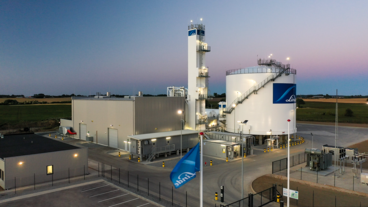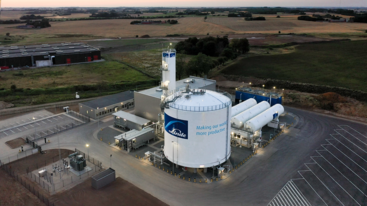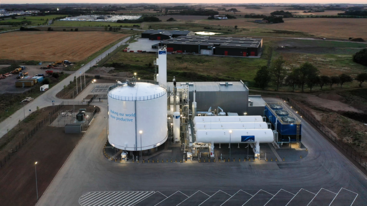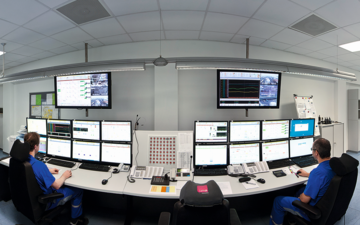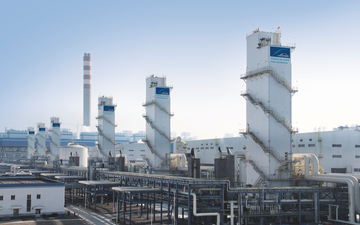To view the video, you need to consent to YouTube cookies.
FLEXASU® technology
Air separation in step with wind power
Power grids will have to become more flexible to support the energy transition. Linde has enhanced its air separation units to meet this adaptability challenge. The new FLEXASU® plant in Vejle, Denmark, has been operational since August 2020 and is currently producing liquid oxygen and nitrogen. The plant uses wind energy, in particular ramping up production when an excess supply is available to help balance the energy grid.
Downloads
